
What is the UL 9540A Certification Test Report?
In the North American market, battery manufacturers need to obtain ul 9540a certification to export their products. So, what exactly is UL 9540A? Is it the same as UL 9540?
UL 9540A is a safety standard for battery energy storage systems, widely used in power systems, industrial sites, commercial buildings, and residential areas. This standard aims to ensure the safety, reliability, and stability of battery energy storage systems, preventing potential hazards such as fires, leaks, and explosions. The UL 9540A standard mainly covers lithium-ion batteries, nickel-cadmium batteries, and lead-acid batteries.
The official name of the UL 9540A standard is "Test Method for Evaluating Thermal Runaway Fire Propagation in Battery Energy Storage Systems," and it is internationally recognized as an effective method for addressing fire safety issues in energy storage systems. It has been widely accepted by relevant authorities. Authoritative industry standards in the United States, such as the National Electrical Code (NEC) (Section 706), the International Residential Code (IRC) (Section R327), the International Fire Code (IFC) (Energy Storage Section), and the National Fire Protection Association (NFPA) 855 standard, all require UL 9540A certification for energy storage systems.
Although UL 9540A and UL 9540 differ by only one character in their names, they are fundamentally different. UL 9540 is a comprehensive safety certification for energy storage systems, covering mechanical, electrical, and environmental testing. In contrast, UL 9540A focuses on fire safety. Since the 2020 edition of UL 9540, a UL 9540A 2019 test report is required to pass UL 9540 certification. This means that battery integration must pass UL 9540A testing, while energy storage system integration needs to pass UL 9540 certification. However, UL 9540 certification cannot be obtained without first passing UL 9540A testing.
UL 9540A testing primarily focuses on the performance of battery energy storage systems under thermal runaway conditions, including installation parameters, ventilation requirements, firefighting facilities, fire safety strategies, and response measures. The testing is divided into four levels: cell, module, battery unit, and container/enclosure. By evaluating the thermal runaway characteristics and propagation tendencies at different levels, the risk of thermal runaway in energy storage products can be reduced, and the system's safety response capability can be improved.
Below is an introduction to each level of UL 9540A testing:
UL 9540A - Cell Level Testing
Objectives:
1. Determine the thermal runaway method and parameters of the cell.
2. Determine the venting temperature of the cell.
3. Determine the thermal runaway temperature of the cell.
4. Analyze the gases produced during thermal runaway (composition and performance).
If the cell meets the following criteria:
1. Does not trigger thermal runaway.
2. The vented gas is non-combustible.
Then, module testing is not required. However, with the current lithium battery technology, it is theoretically impossible to avoid the generation of combustible gases after thermal runaway.
UL 9540A - Module Level Testing
Objectives:
1. Verify the extent of thermal runaway propagation in the module.
2. Determine the heat release rate and temperature of the module.
3. Determine the gas composition and release rate.
4. Assess the explosion hazard.
If the module meets the following criteria:
1. The module design contains thermal runaway.
2. The vented gas from cell testing is non-combustible.
Then, unit testing is not required. However, with current lithium battery technology, it is theoretically impossible to avoid the generation of combustible gases after thermal runaway. The module-level testing should ensure that no thermal propagation occurs.
UL 9540A - Unit (Cabinet) Level Testing
Objectives:
1. Assess the extent of thermal runaway propagation in the Battery Energy Storage System (BESS) unit.
2. Measure the temperature and heat flux of the target BESS unit.
3. Measure the temperature and heat flux of the surrounding walls.
4. Determine if there are any fire/explosion phenomena.
If unit testing meets the specified performance standards, installation testing is not required. The test should be terminated in the following situations:
1. Each module within the BESS returns to room temperature.
2. Flames spread to adjacent BESS units and walls.
3. There is a risk to testing personnel or damage to testing equipment.
UL 9540A - Installation Level Testing
Objectives:
1. Assess the extent of thermal runaway propagation.
2. Evaluate the effectiveness of firefighting measures.
Installation-level BESS does not apply to equipment solely used outdoors or for residential purposes. Sprinklers or other firefighting systems (gaseous agents, water mist systems, etc.) must be installed. The testing environment must be equipped with firefighting equipment, as industrial and commercial energy storage systems typically have capacities exceeding hundreds of kilowatt-hours, posing significant risks without firefighting plans.
Overall, the UL 9540A standard provides clear requirements and guidelines for the safety and reliability of battery energy storage systems. In the rapidly developing energy storage and power industry, compliance with this standard is crucial for ensuring user and public safety. Adhering to the UL 9540A standard can enhance the safety, reliability, and stability of battery energy storage systems, contributing positively to sustainable development and energy transition.
Email:hello@jjrlab.com
Write your message here and send it to us
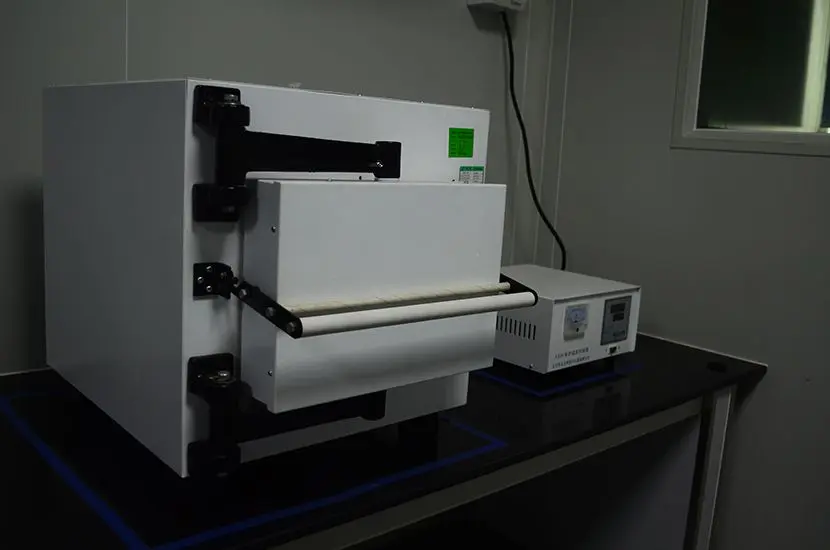 High Chair for Children ASTM F404-21 CPC Certifica
High Chair for Children ASTM F404-21 CPC Certifica
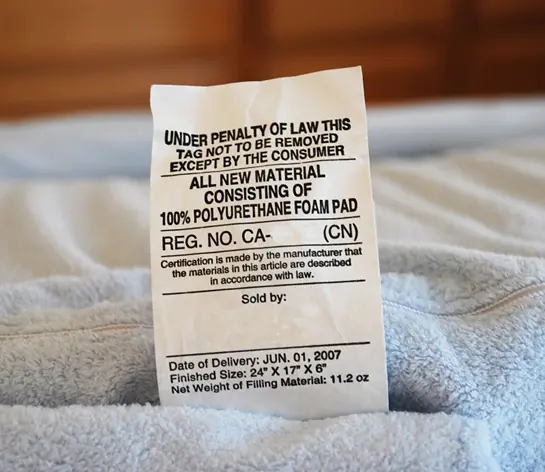 U.S. Law Label (URN Number) Registration Q\&A
U.S. Law Label (URN Number) Registration Q\&A
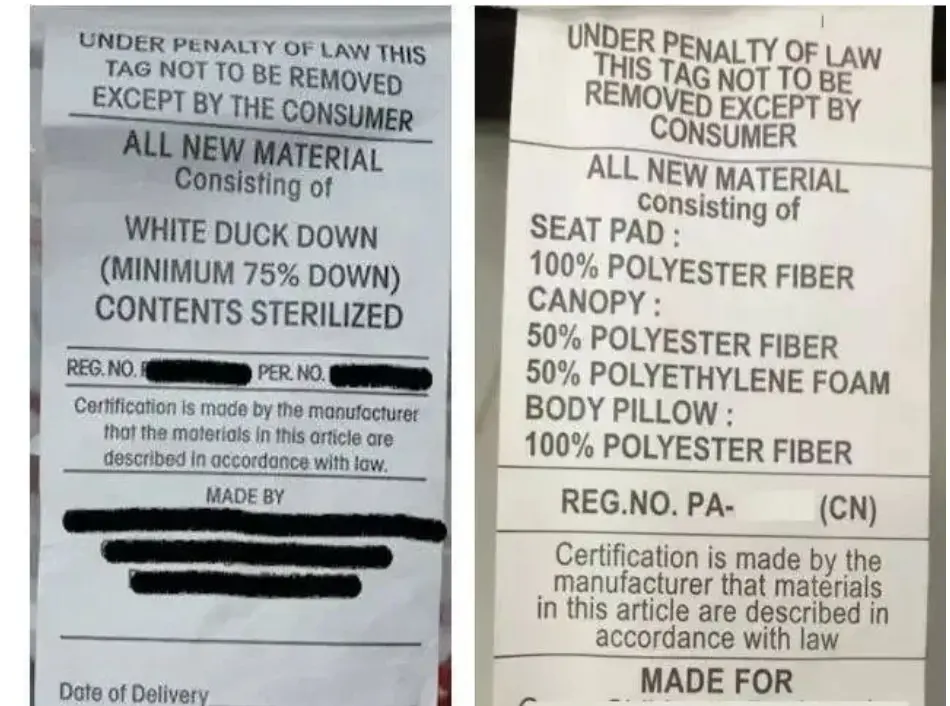 U.S. Furniture Export URN Law Label Registration
U.S. Furniture Export URN Law Label Registration
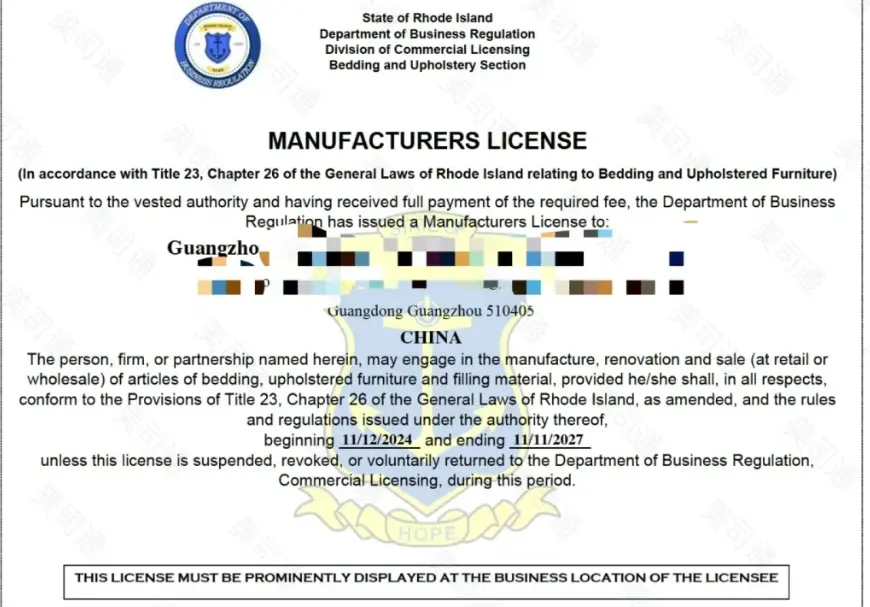 What is U.S. Law Label Registration?
What is U.S. Law Label Registration?
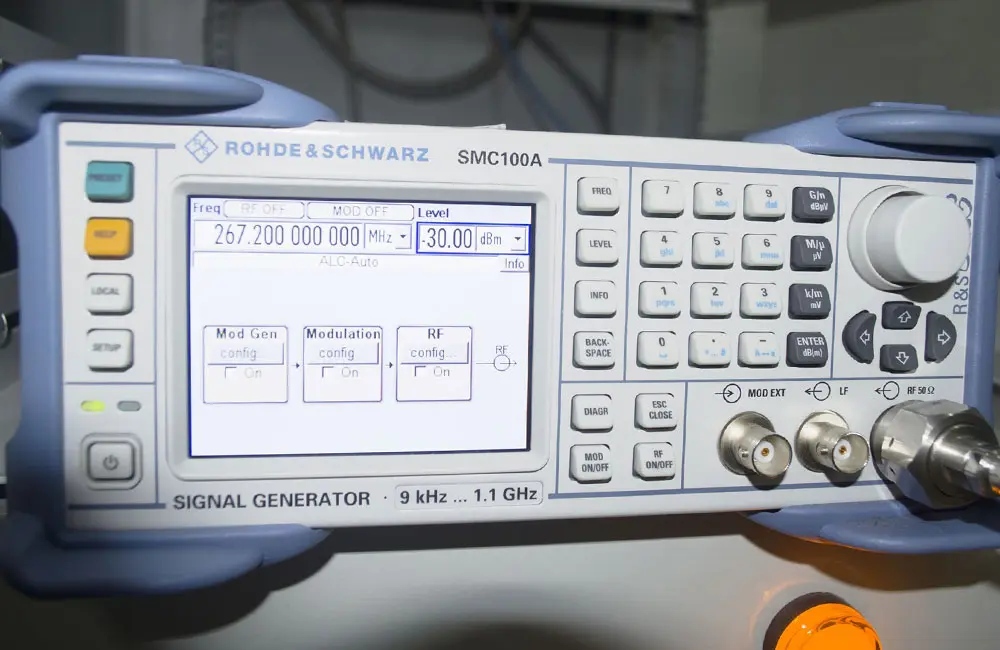 Rail Transit EN55015/EN50121-4
Rail Transit EN55015/EN50121-4
 IEC 60601-1-2 EMC Test for Medical Electrical Equ
IEC 60601-1-2 EMC Test for Medical Electrical Equ
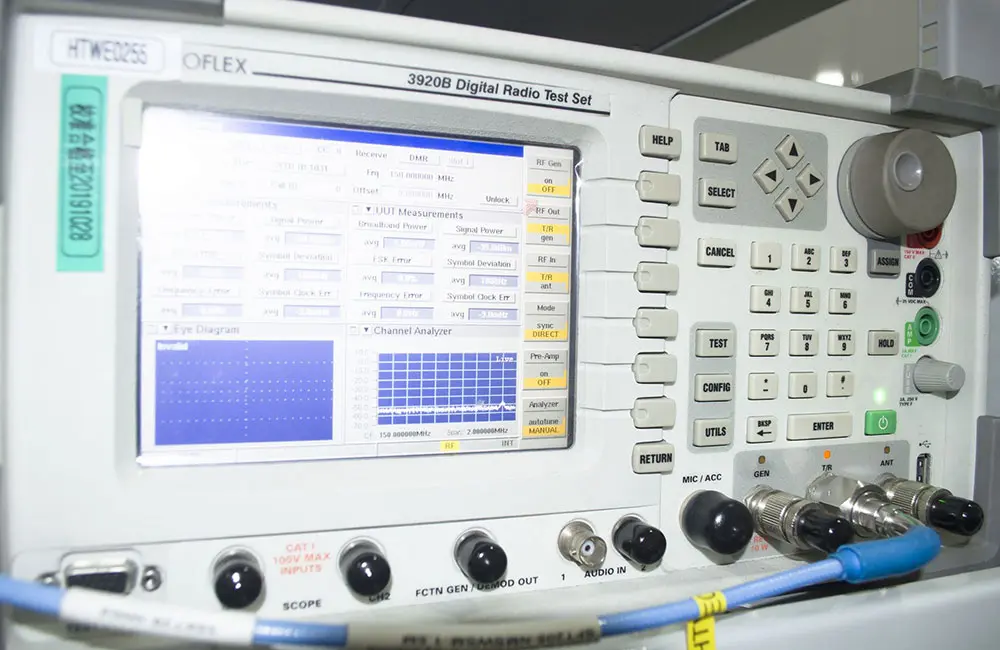 What Are the Safety Tests for Lithium Batteries?
What Are the Safety Tests for Lithium Batteries?
 What is the YY 9706.111-2021 Standard?
What is the YY 9706.111-2021 Standard?
Leave us a message
24-hour online customer service at any time to respond, so that you worry!




